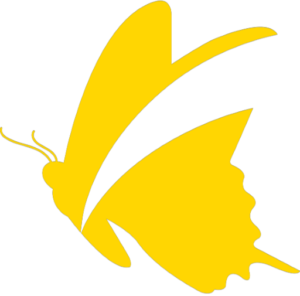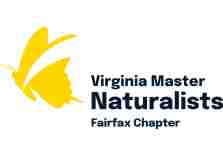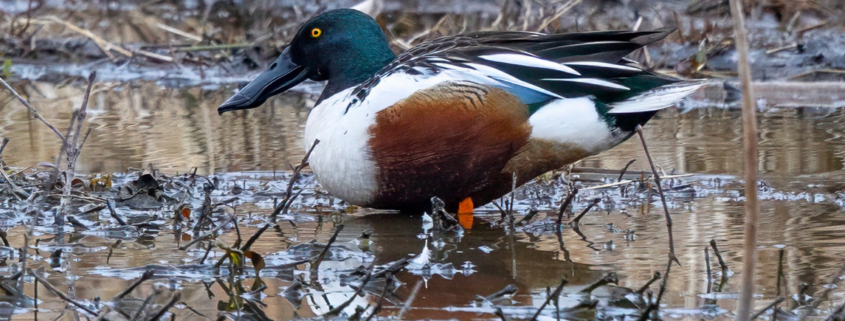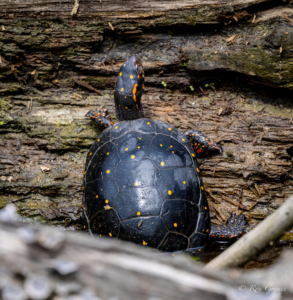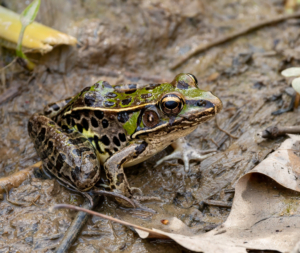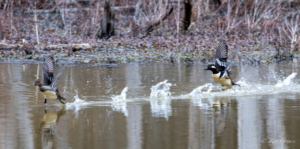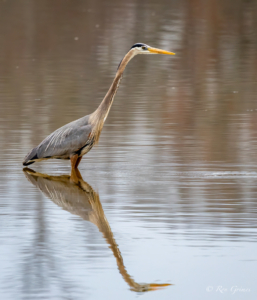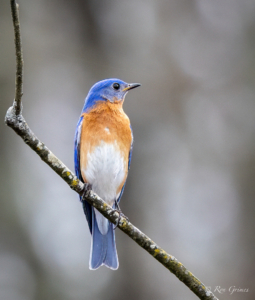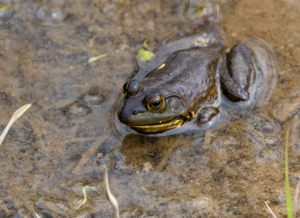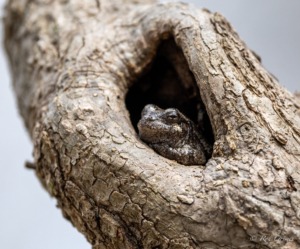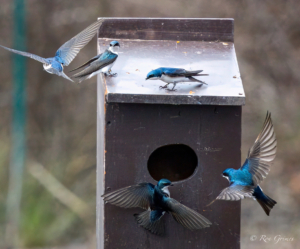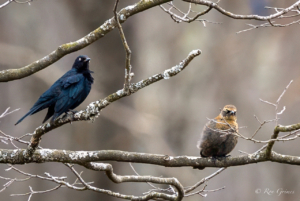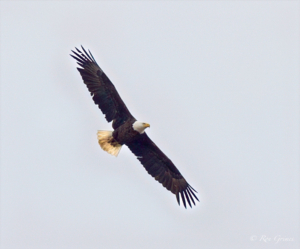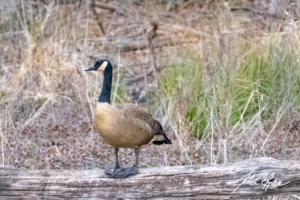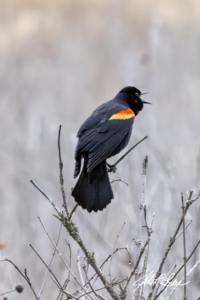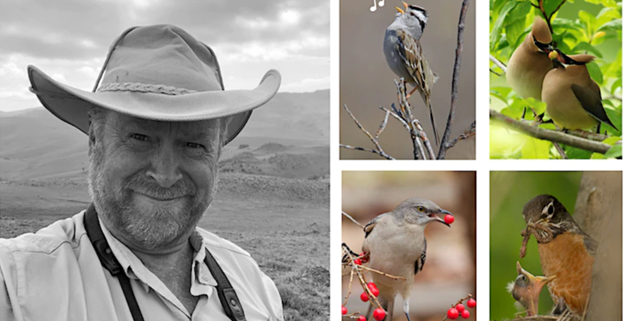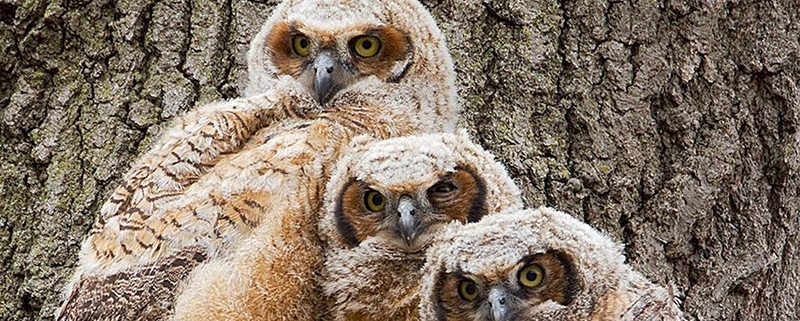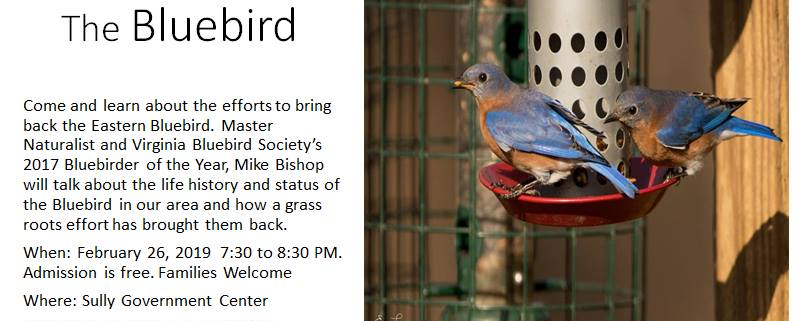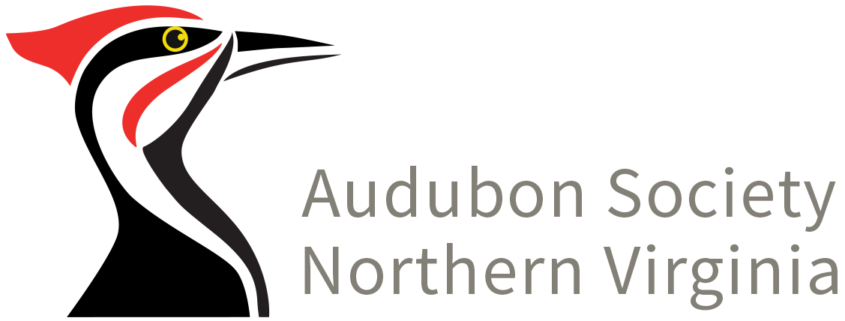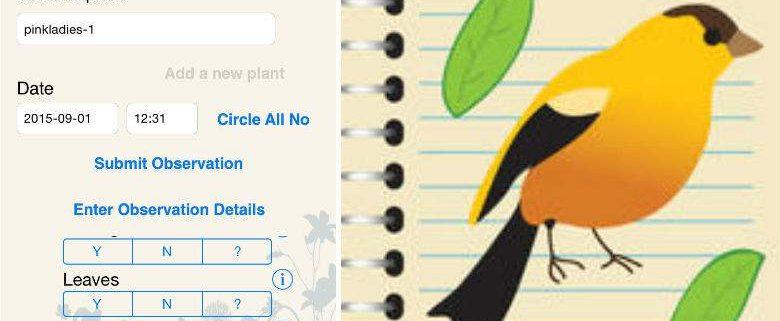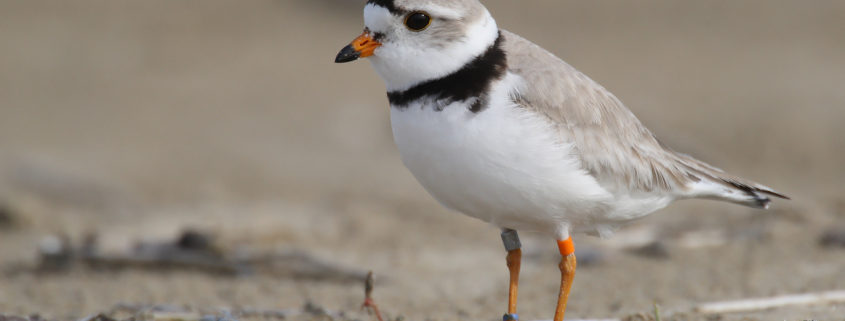Get Your Early-Bird Ticket to Ornithology 101, Starting May 26
Photo by Research Graphics at UMBC – Course Instructor, Kiersten Newtoff
When: 10 Sessions starting Monday, May 26, 7:00 PM – 8:30 PM
Where: Virtual
Member Ticket: $160 Early Bird through 4/27; $175 after
Non-member Ticket: $185 Early Bird through 4/27; $200 after
Are you fascinated by birds and eager to learn more? Join us for Ornithology 101, a beginner-friendly, 5-week virtual course designed for bird lovers of all backgrounds! Whether you’re a budding birder or simply curious about the avian world, this interactive series will introduce you to the fundamentals of bird biology, behavior, identification, and conservation – as well as ways you can get involved locally to help protect birds and their habitats!
Sign up by April 27 and you’ll benefit from the early bird price, and as a bonus you’ll get a special list of NVBA’s favorite insider birding spots to help you find migrating spring warblers during peak migration time in early May.
The course will cover the following topics:
- Week 1: Introduction to Birding and Ornithology (Monday, May 26; Thursday, May 29)
- Week 2: How A Bird Works, Anatomy (Monday, June 2; Thursday, June 5)
- Week 3: Reproduction and Life Cycle (Monday, June 9; Thursday, June 12)
- Week 4: Bird Migration: Benefits and Risks (Monday, June 16; Thursday, June 19)
- Week 5: Habitats and Climate Change (Monday, June 23; Thursday, June 26)
Each session will be 90 minutes long, for a total of 15 course hours. This course will take place virtually. The sessions will be recorded and videos will be shared with all registrants.
The course includes several optional in-person field trips to locations in northern Virginia. Information about how to register for these is coming soon – if you are interested, please select the free ticket ‘I’m interested in local field trips’ when you check out. Dates for field trips: May 31, June 7, June 21.
Kiersten Newtoff is an associate professor of biology at Montgomery College, a community college in Maryland. Over the past 8 years, she has been teaching her students about the local avifauna, which led to the development of the campus nestbox trail where over 300 fledglings have called Montgomery College their home. Recently, Kiersten has started a PhD in Biology at UMBC to better understand the impacts of urbanization on Eastern Bluebird reproductive success. She holds a Master Banding Permit to explore her research. When she’s not working on teaching or research, she can be found doing yard work, playing boardgames (like Wingspan!), or creating a fun cocktail.
